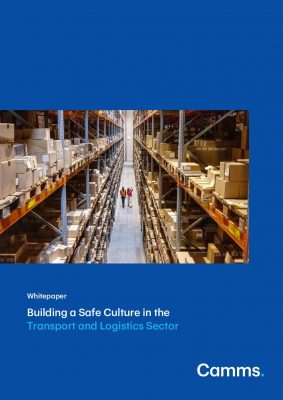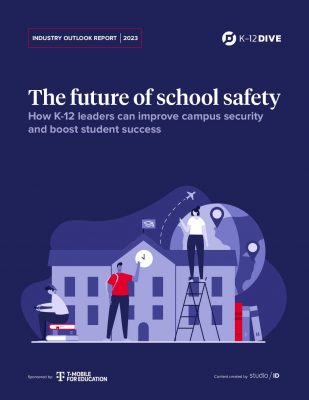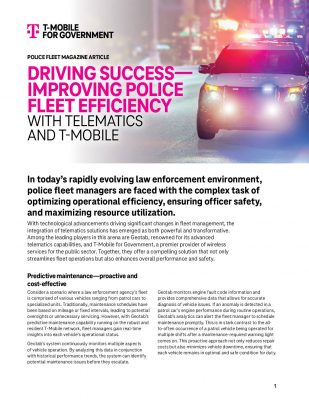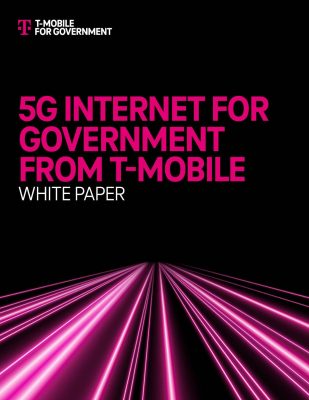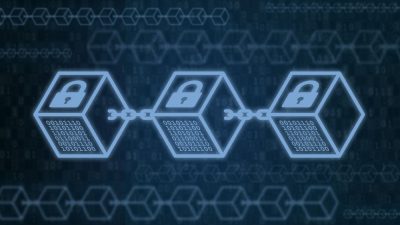The franchise business model appeal is simple. A buyer (franchisee) can purchase the template and branding of a company (franchisor) that is already established; greatly reducing planning, the time before the front doors open, and investment risk. While the franchise model’s unique structure continues to evolve and remains sensitive to local, regional, and global economic swings, statistics prove its success and sustainability. In 2021, the projected number of franchise establishments was expected to grow to a record 780,180, an increase of 3.5%, and add nearly 800,000 new jobs.
Franchisors’ support and control over their franchisees vary greatly, regardless, franchisees are business owners, and they do have choices when it comes to running their business including the employees they hire and how they manage them. Their control is not the same as that of an independent business owner, yet arguably, this is the primary reason why the franchise success rate is approximately 8% higher than independent businesses.
Not All Franchises Are Created Equal, But the Identity and Access Challenges They Create Are.And while franchisee employees may need similar access as some franchisor employees, they are, in fact, still external and not employees. This means managing their identity and access is no less challenging – or that they carry less risk – than managing more “traditional” third-party, non-employees such as vendors, suppliers, and contractors.


